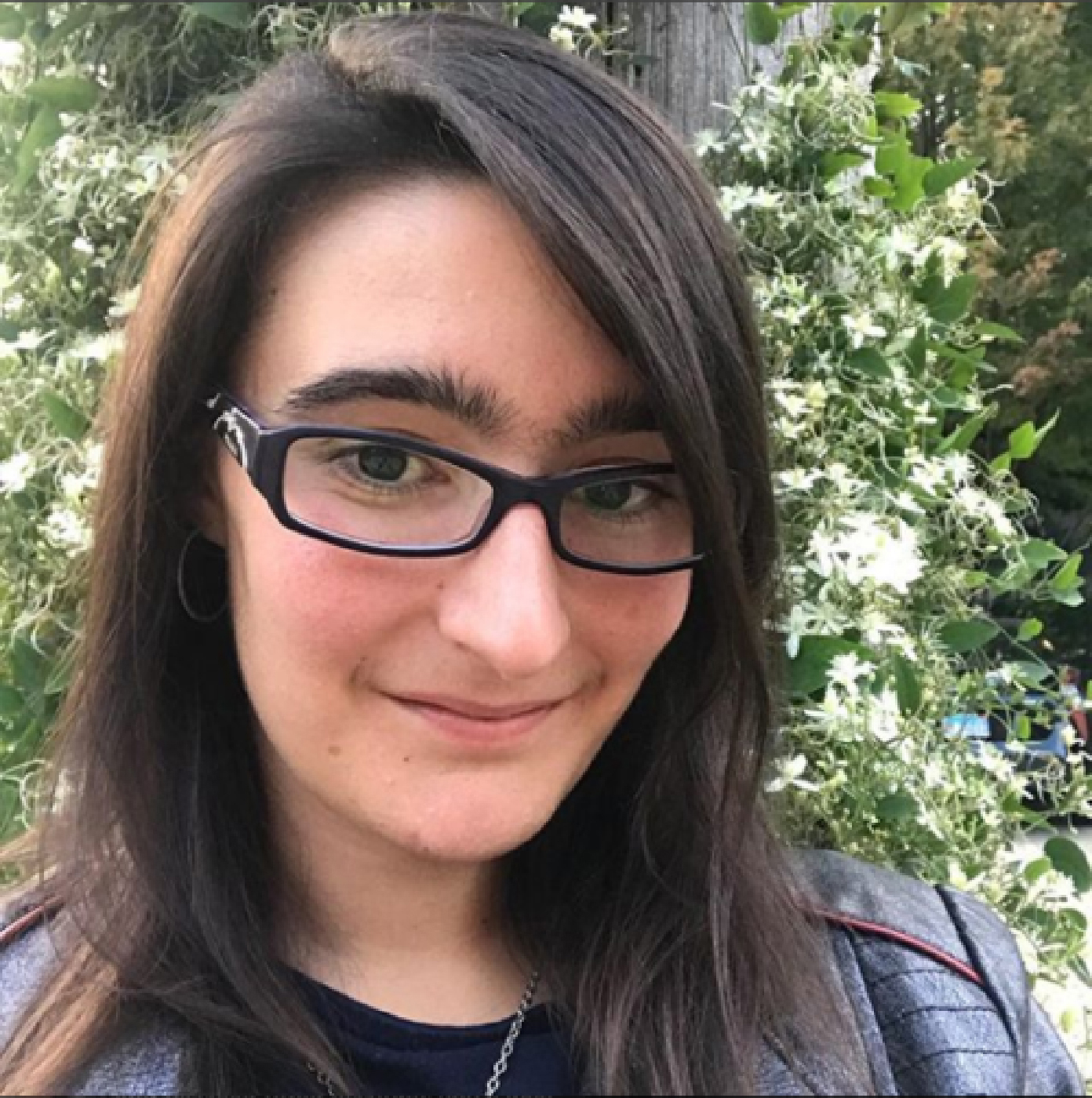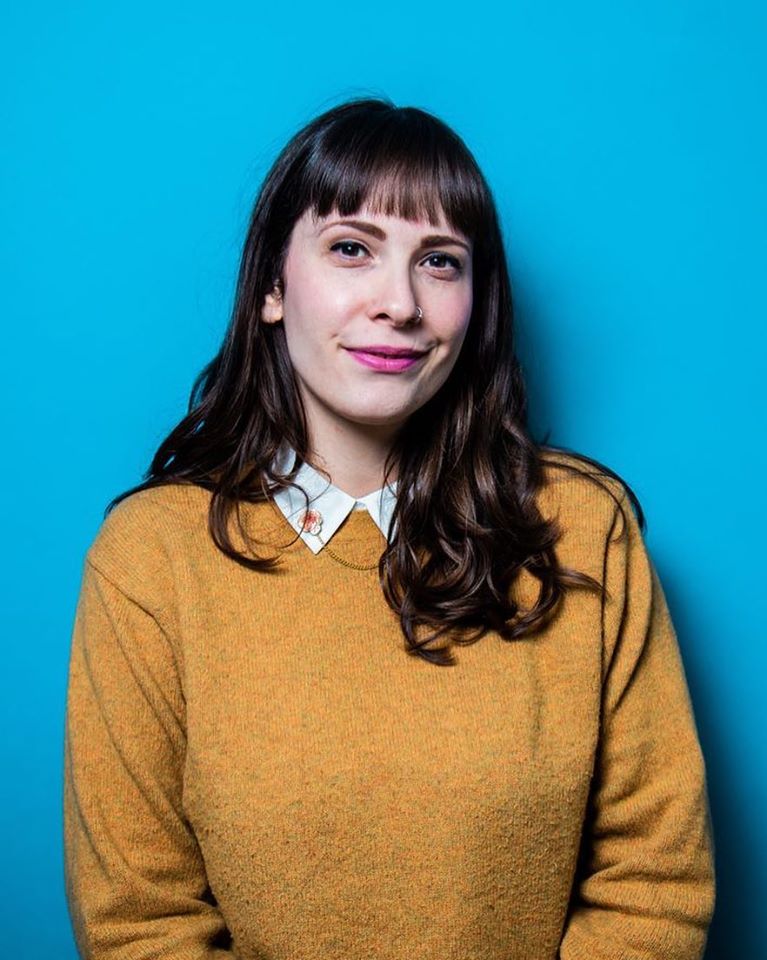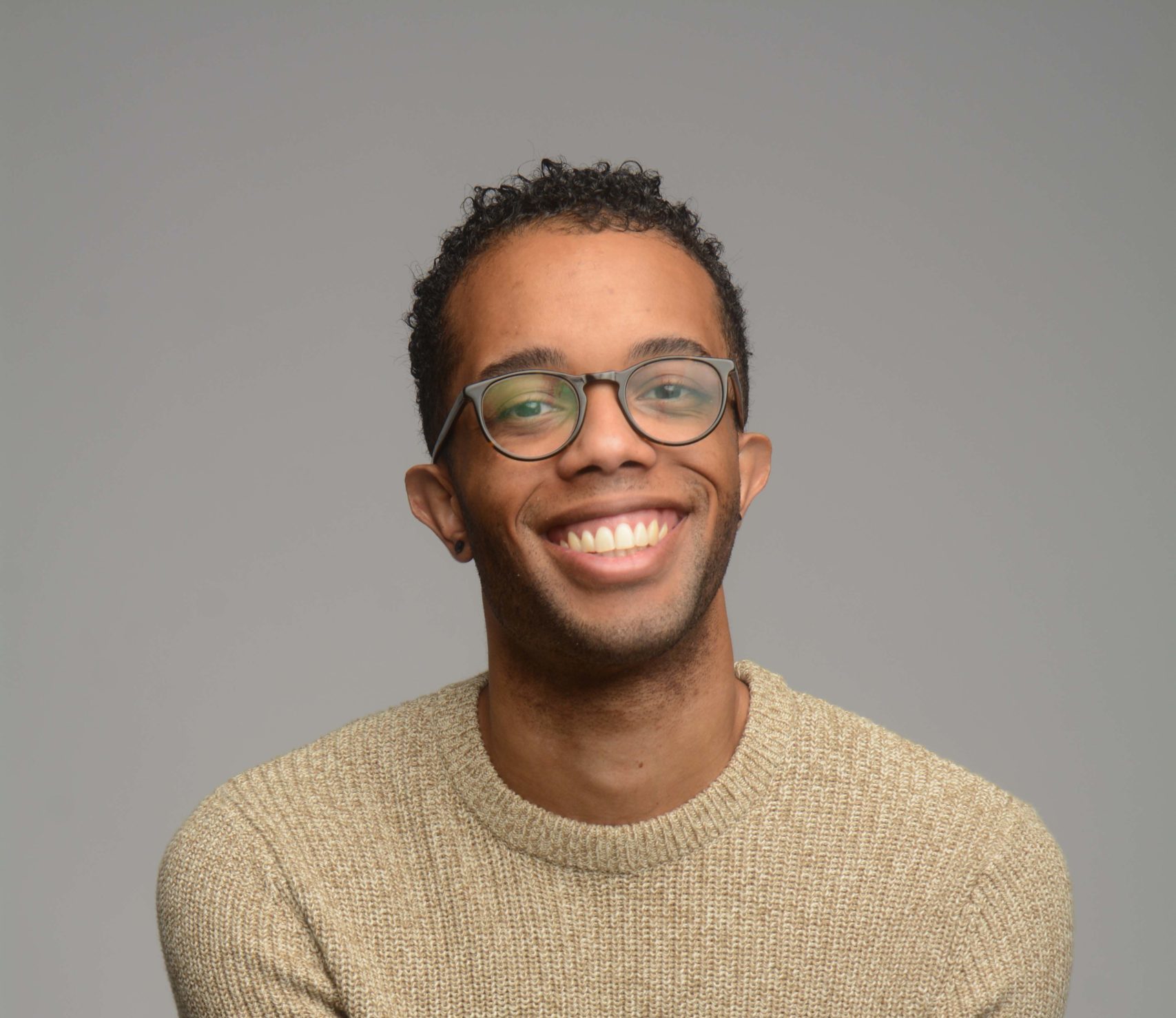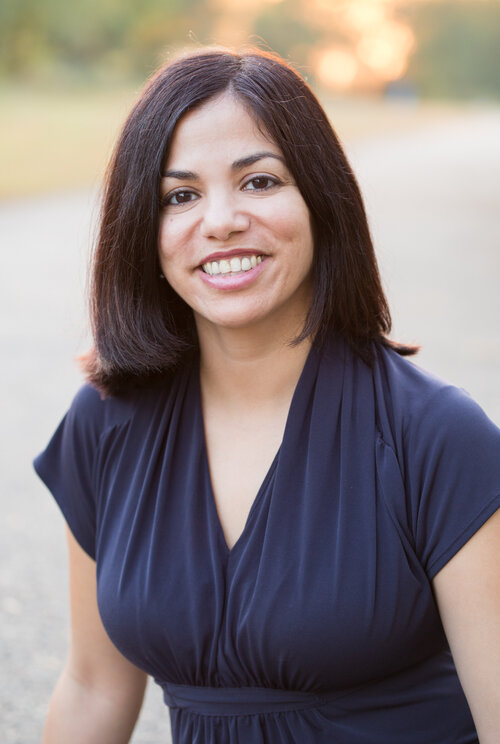
by Michele Kirichanskaya | Aug 30, 2021 | Blog
Suzanne Walker is a Chicago-based writer and editor. She is co-creator of the Hugo-nominated graphic novel Mooncakes (2019, Lion Forge/Oni Press). Her short fiction has been published in Clarkesworld and Uncanny Magazine, and she has published nonfiction articles with...

by Michele Kirichanskaya | Aug 26, 2021 | Blog
Stephanie Cooke is an award-winning writer and editor based out of Toronto. She’s a comic book fan, avid gamer, movie watcher and lover of puns. She is a purveyor of too many projects and thrives in chaos. Her writing work is featured in Mark Millar’s “Millarworld...

by Michele Kirichanskaya | Aug 20, 2021 | Blog
Ryan Douglass is an author, poet, and freelance writer from Atlanta, Georgia. His work on race, literacy, sexuality, and media representation has appeared in The Huffington Post, Atlanta Black Star, Everyday Feminism, Nerdy POC, Age of Awareness, and LGBTQNation,...

by Michele Kirichanskaya | Aug 18, 2021 | Blog
Daisy Hernández is the author of The Kissing Bug: A True Story of an Insect, a Family and a Nation’s Neglect of a Deadly Disease. She is also the author of the award-winning memoir A Cup of Water Under My Bed and coeditor of Colonize This! Young Women of Color...

by Kevin Gilligan | Aug 17, 2021 | Podcast
https://geeksoutpodcast.libsyn.com/geeks-out-podcast-american-podcast-story In this week’s super-sized episode of the Geeks OUT Podcast, Kevin is joined by J.W. Crump, as they discuss all the American Stories coming soon from Ryan Murphy, and celebrate DC...






